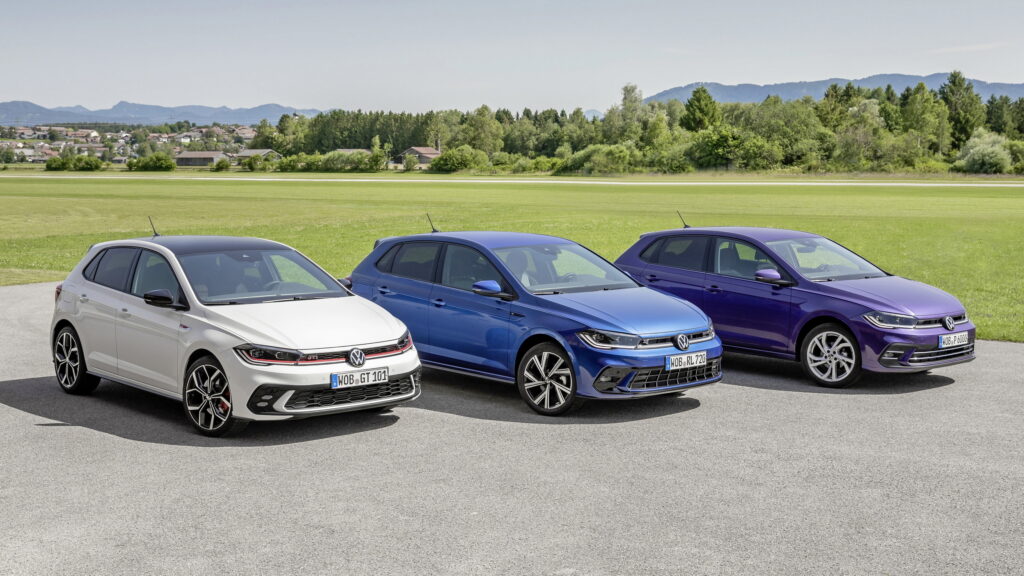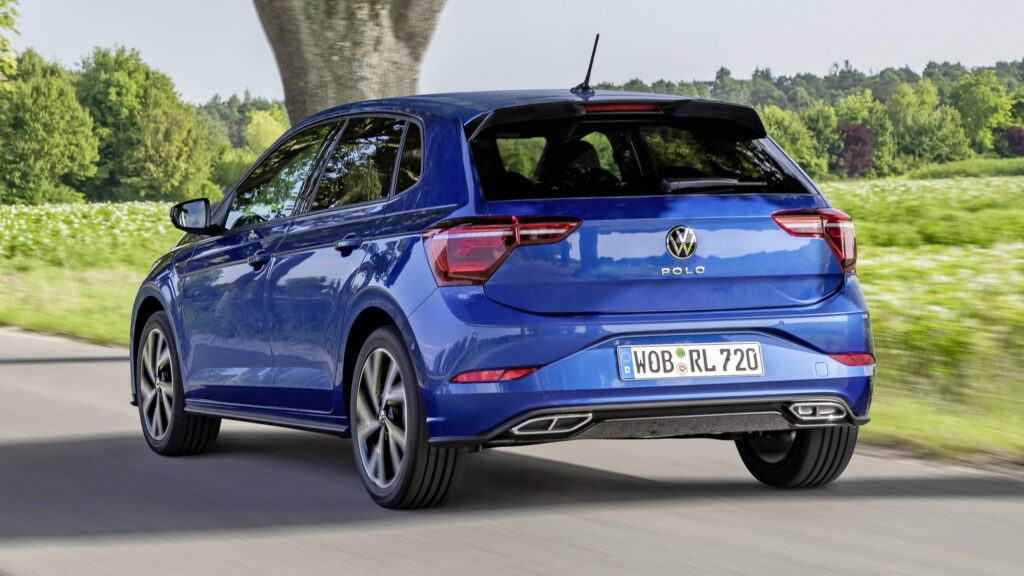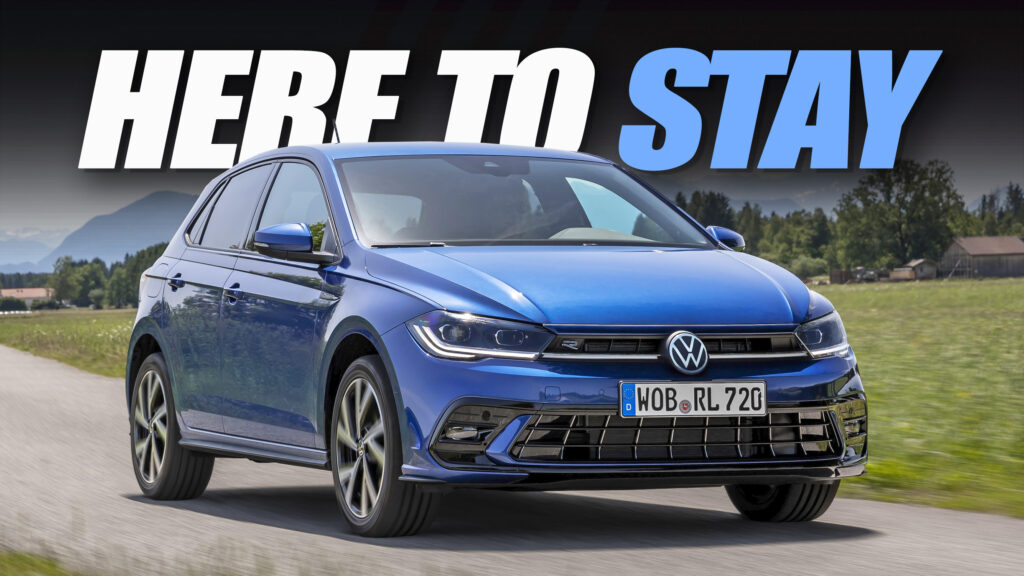- VW’s R&D boss confirmed that the Polo will receive a major update next year.
- The ICE-powered hatchback will comply with the stricter emission regulations.
- Still, VW will slim-down its European ICE-powered lineup in the coming years.
For a car rumored to be nearing its curtain call, the VW Polo seems to have a surprising second wind. Earlier this year, Volkswagen ended production of the Polo in Europe after an impressive 40-year run, igniting speculation that the supermini might bow out entirely in favor of the brand’s expanding EV lineup.
As it turns out, the plucky ICE-powered stalwart is sticking around. A VW executive has confirmed plans for a significant update in 2025, proving that reports of the Polo’s demise were, to borrow a phrase, greatly exaggerated.
As one of the oldest surviving nameplates in the supermini category, the Polo has been a fixture in VW’s portfolio since its debut in 1975. The current sixth-generation model, launched in 2017 and refreshed in 2021, was thought to be endangered by Europe’s looming emission regulations, even as the South American version has kept going strong. It seemed VW might let this chapter quietly close.
More: VW Profits Tank 42% Amid “Industry-Wide Buyer Reluctance” To EVs
However, Kai Grünitz, Volkswagen Brand Board Member for Technical Development, set the record straight during an interview at the LA Auto Show. He told Autocar that the Polo is slated for an “extensive update” in 2025, timed to coincide with the rollout of stringent Euro 7 emissions standards. Grünitz stopped short of detailing the changes but hinted at broader adoption of mild-hybrid tech across VW’s ICE lineup.
2025 Update: Mild Hybrids and More?
Looking ahead, it’s likely the updated VW Polo will blend cleaner, mild-hybrid iterations of its existing 1.0 TSI and 1.5 TSI powertrains with a refreshed design and an interior tech upgrade. This would help justify what are bound to be steeper price tags.

Still, not all Polos will make the cut—odds are that the GTI variant won’t survive the transition. If true, that would mean the curtain falls on Europe’s last ICE-powered supermini hot hatch. Its spiritual successor? The all-electric VW ID.2 GTI, scheduled for 2026, which promises sporty styling and enough punch to please performance enthusiasts even without the sounds.
The current Polo shares its MQB A0 underpinnings with a multitude of models from VW Group brands, which are expected to receive similar extensions to their lifecycles. A facelifted Seat Ibiza will arrive by the end of 2025, while Skoda could follow a similar path with the Fabia. The same platform serves as a base for several existing and upcoming small hatchbacks, sedans, and SUVs for global markets, including India and South America.
A Slimmer ICE Lineup, Bigger Decisions
Grünitz acknowledged that meeting tougher emissions regulations will inevitably trim VW’s ICE-powered lineup. While he left specifics vague, he did clarify that the Polo is safe for now. The recently refreshed Golf, along with the Tiguan, Tayron, and Passat, will also soldier on, while the T-Roc compact SUV is set for a next-generation model soon. The question marks remain over smaller crossovers like the T-Cross and Nivus, and even the flagship Touareg may not escape unscathed beyond 2025.
Balancing two architectures—MQB for ICE/hybrids and MEB for EVs—presents a steep challenge for VW, particularly with the lukewarm pace of EV adoption. Grünitz suggested the company might integrate EV powertrains into a future evolution of the MQB platform, a move that could stretch the platform’s viability.
Meanwhile, the development of VW’s all-electric SSP (Scalable Systems Platform) underpinnings is proceeding as planned, now with assistance from Rivian.





